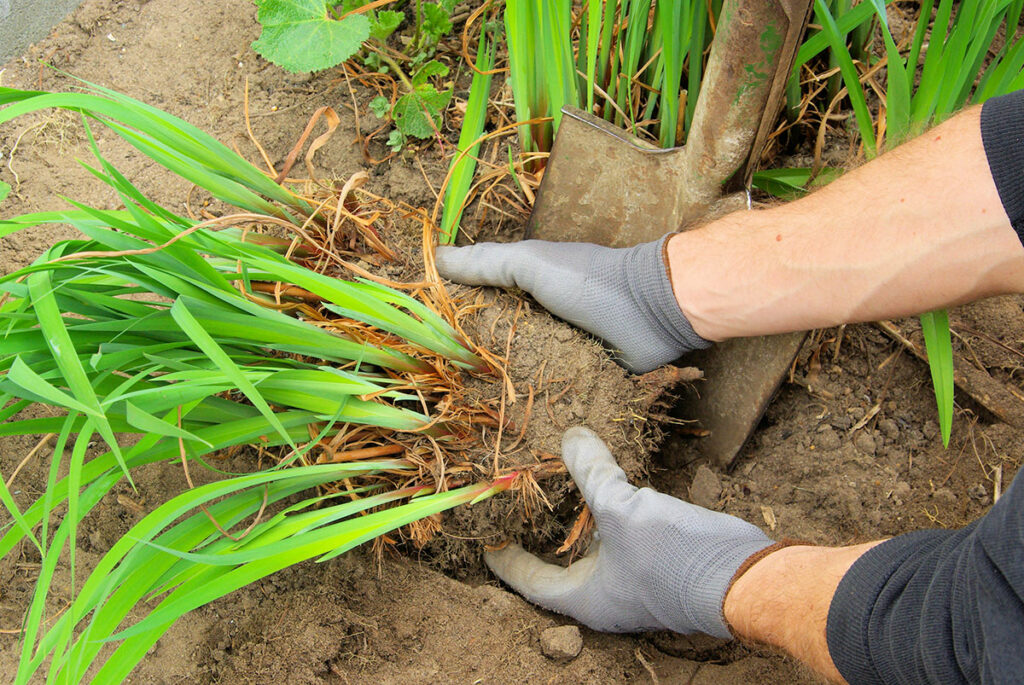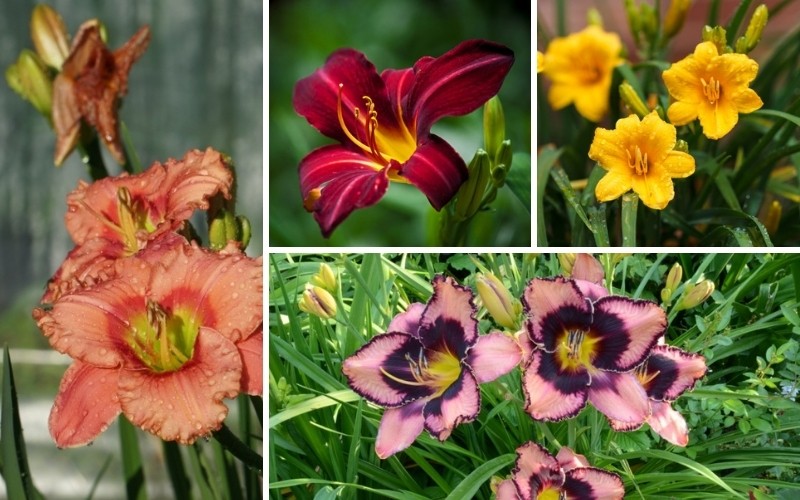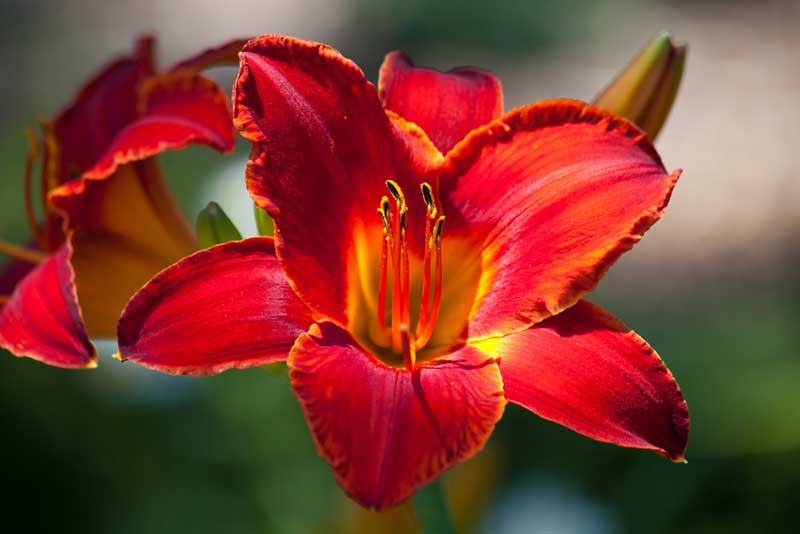Daylilies are stunning plants in and of themselves, but that doesn’t mean that growing other plants to complement them isn’t a good idea.
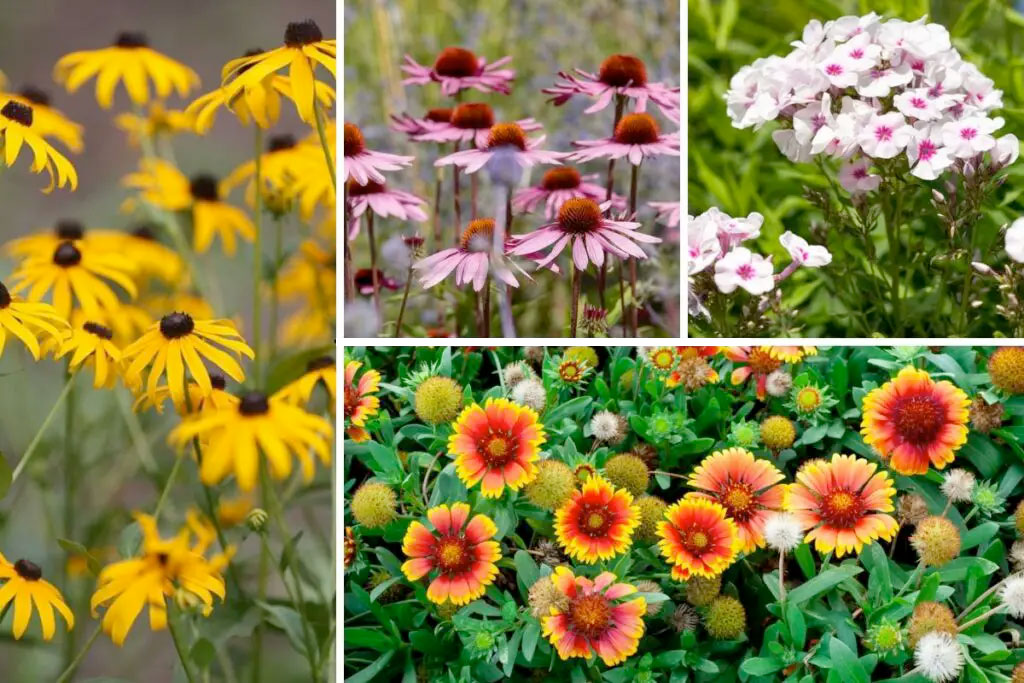
If you’re looking for the best daylily companion plants, you’ve come to the right place!
The most suitable companion plants for daylilies include lavender, bee balm, and roses. These plants complement daylilies visually. They also grow well in the same conditions as daylilies, which makes them great matches for them.
Read on to learn more about each of these fascinating plants.
1. Lavender
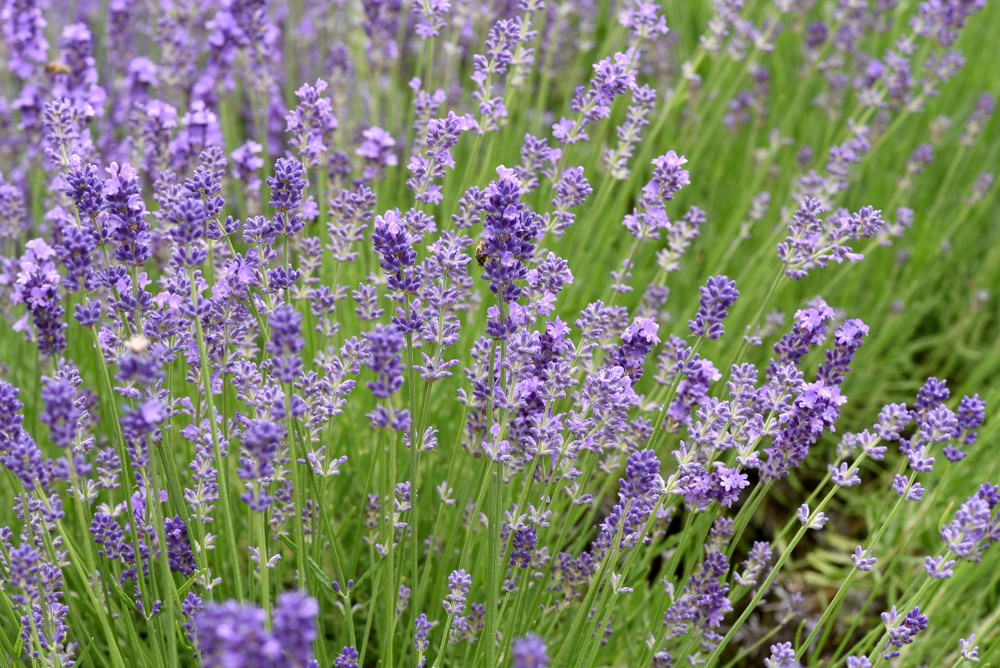
Lavender is among the most versatile options in terms of companion plants. This plant goes well with all sorts of species, and daylilies are no exception.
The main reason behind this is the effectiveness of lavender as a pest repellent. Pesky insects like mosquitos and flies can wreak havoc on your daylilies. However, planting lavender alongside daylilies keeps the threat at bay.
Additionally, lavender attracts pollinating insects such as bees and butterflies. This does wonders for your daylilies’ well-being.
To put the icing on the cake, lavender blooms in the summer and produces beautiful purple flowers that complement your daylilies’ color.
2. Coneflowers
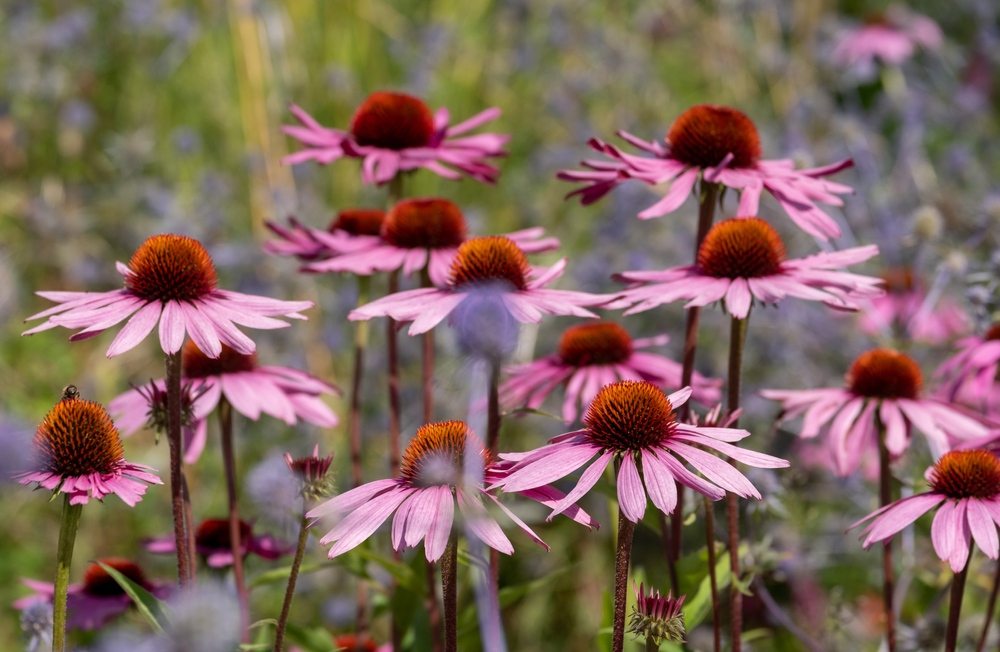
Whether the daylilies in your garden are yellow, red, orange, or purple, the stunning purple of coneflowers will make them look that much better.
Not only do coneflowers add an extra layer of color to your garden, but they also give it an exotic feel with their unique shape.
Coneflowers’ downward-facing petals surrounding a spiky center will beautifully contrast the petals of daylilies that open up toward the sky.
For your coneflowers to thrive, make sure to water them frequently. They should also be grown in well-draining soil so their roots can stay healthy.
3. Zinnias
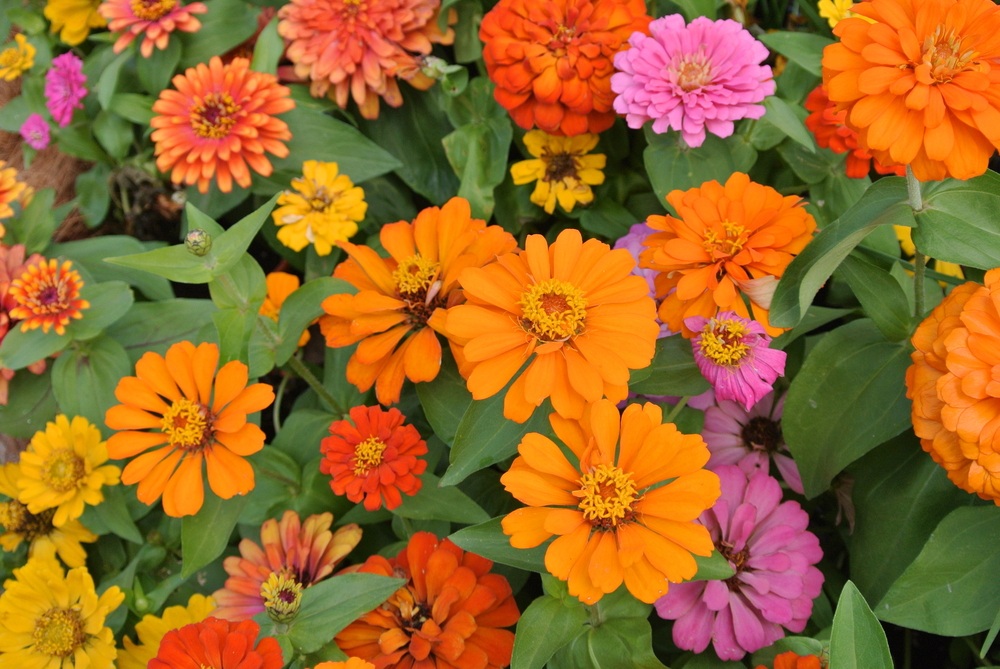
When these plants bloom in summertime, they produce flowers in stunning colors. Zinnias can be pink, red, purple, or yellow. They perfectly go hand in hand with daylilies to create a beautiful sight in your garden.
Another perk of growing these plants with daylilies is that they thrive in the same conditions as daylilies. Zinnias and daylilies grow best in well-drained soil in an area with plenty of direct sunlight daily.
Additionally, zinnias have pest-repellent properties that’ll serve your daylilies well.
4. Sage
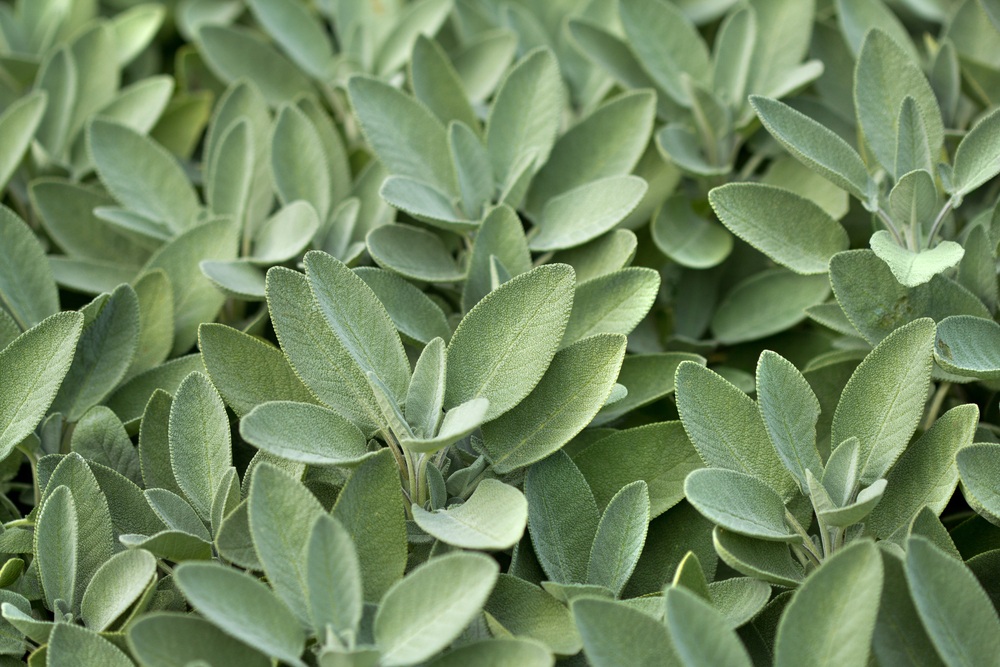
When most people think of sage, the first thing that comes to mind is its profound aroma.
Interestingly, that scent we can’t get enough of is unbearable to pests such as beetles and snails. Therefore, planting sage with your daylilies is an excellent form of protection against these pests.
Like zinnias, sage thrives in direct sunlight. This is a feature shared by daylilies as well. Providing these conditions, along with well-drained soil, will have your garden looking majestic when the sage is in full bloom with its purple flowers.
Luckily, both sage and daylilies bloom ins summer. This’ll give your garden a breathtaking aesthetic.
5. Bee Balm
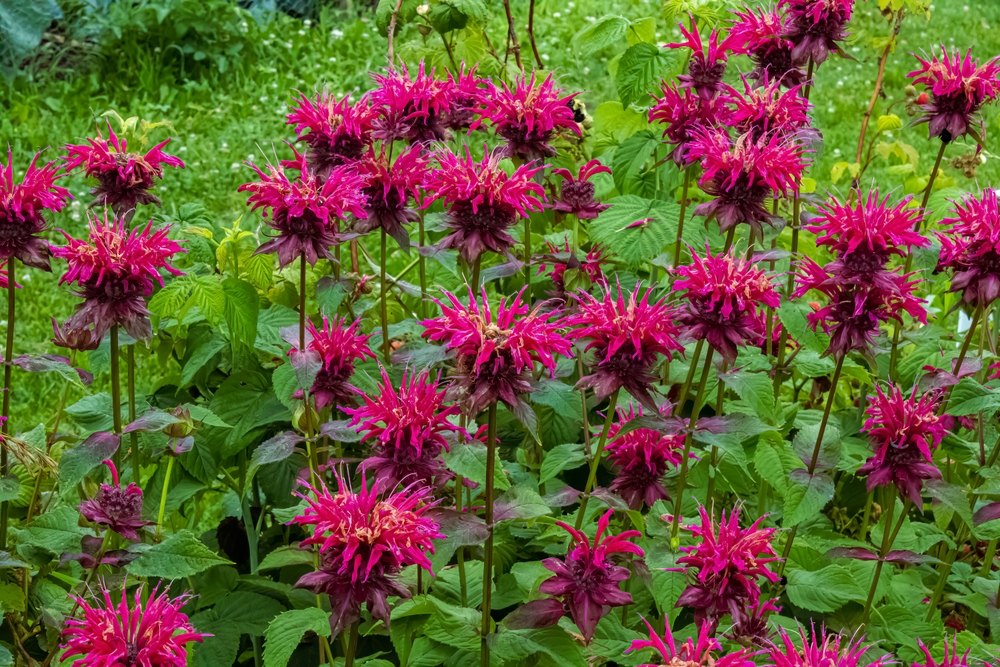
Another excellent option to grow as a companion plant for your daylilies is bee balm.
This hardy plant can thrive in various conditions and requires minimal care. However, you should note that direct sunlight and slightly acidic soil are the preferred conditions for bee balm.
The benefits of growing bee balm with daylilies are both functional and visual.
Bee balm plants have a minty odor that’ll make pests steer clear from themselves and your daylilies. The wealth of nectar that this plant produces is also super effective in attracting plenty of bees for pollination.
On the visuals front, bee balm has bright pink flowers that’ll bring out the yellows and oranges of your daylilies even more.
6. Roses
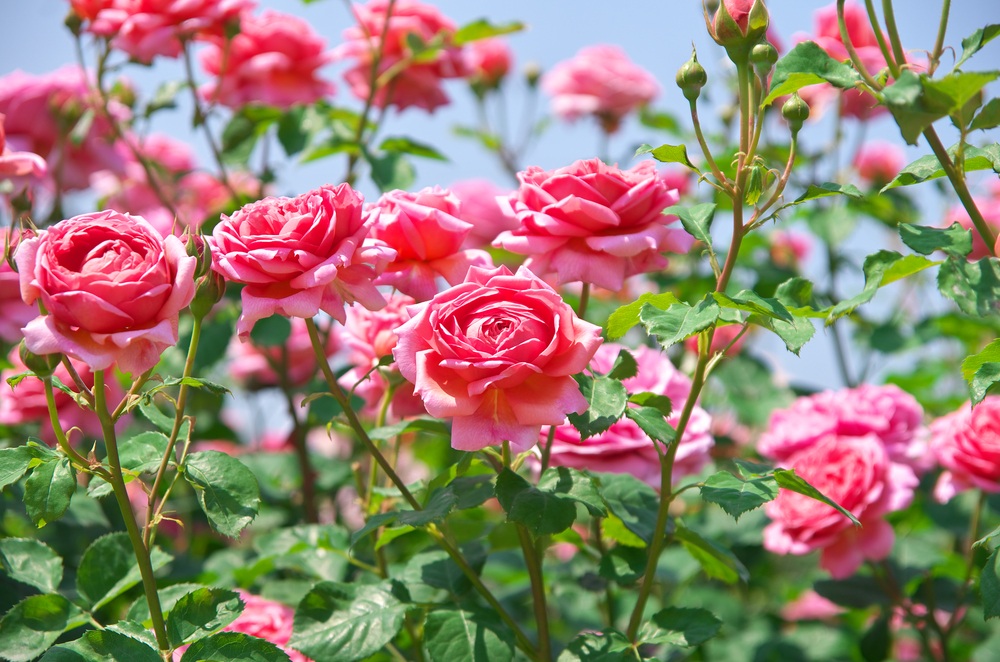
In your search for companion plants for your daylilies, you’ll have a hard time finding a more appealing option than roses.
These deep crimson flowers are show stoppers in and of themselves, but pairing them with some yellow daylilies will take your garden to another level when both plants’ blooms coincide.
Another perk you get from planting roses is how long they bloom. This means that your garden will be flushed with color for longer periods.
To cap things off, roses share the same preferred growing conditions as daylilies. This makes growing the two plants together highly convenient.
7. Black-Eyed Susans
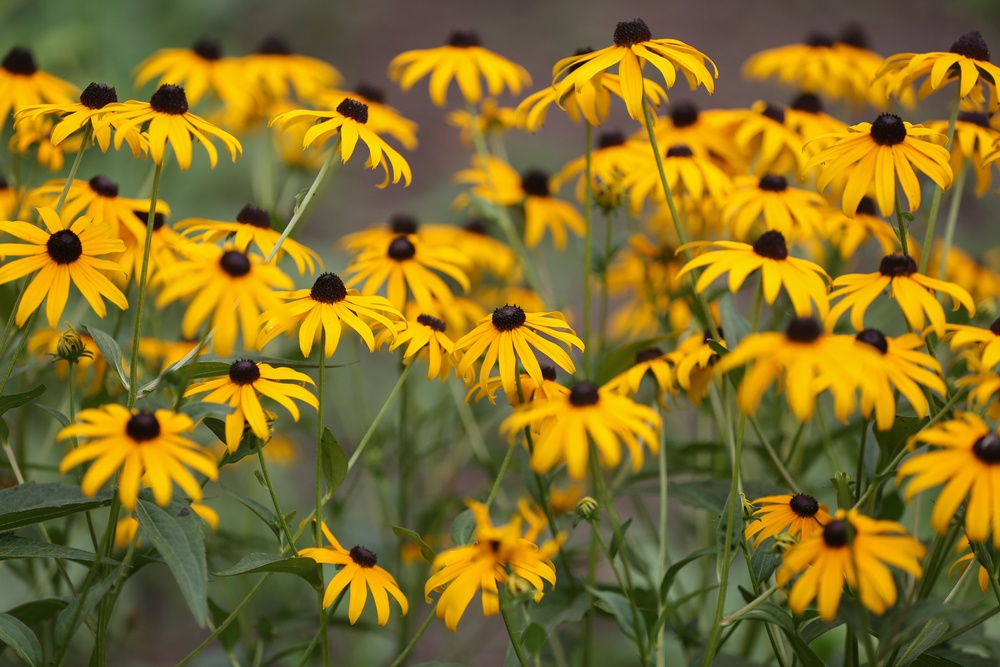
The next entry on our list is black-eyed Susans. These plants, with their bright yellow flowers and black, domed center, will complement all the colors that daylilies come in.
Additionally, they grow well in direct sunlight and prefer well-drained soil. As previously mentioned, these are the same conditions that daylilies thrive in.
However, black-eyed Susans lack the pest-repellent qualities that many plants on this list have. In fact, they need companion plants to protect them against harmful insects.
8. Yarrows
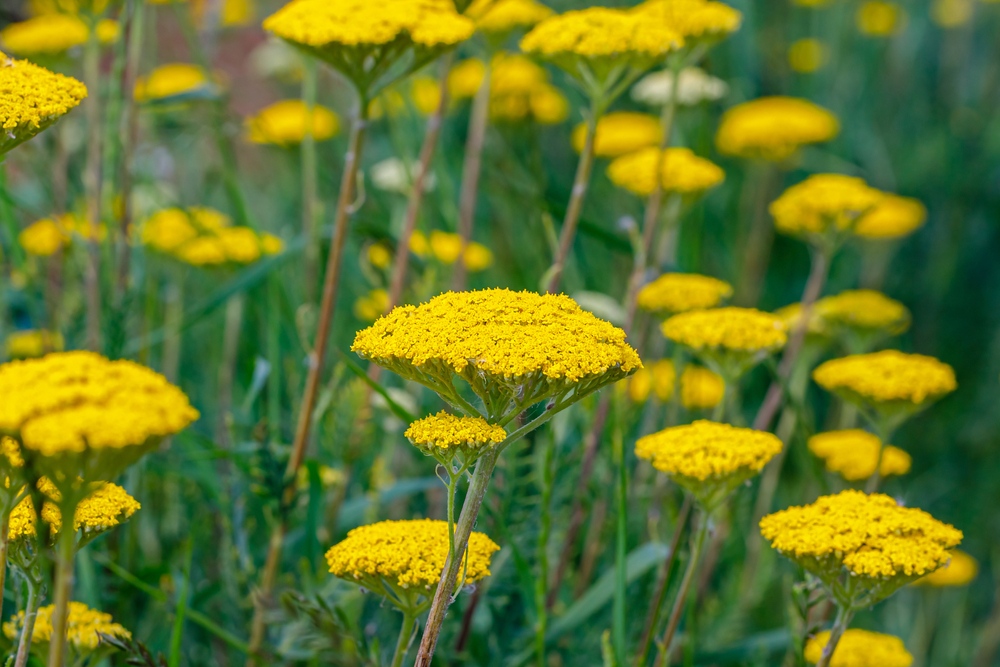
Like most of the plants mentioned above, yarrows thrive in the same conditions as daylilies.
In a similar fashion to bee balm, yarrows are highly attractive to bees. They also draw in other pollinating insects like butterflies. The butterfly population improves the growth of their daylily neighbors.
Whether you grow purple, white, or red yarrows, you’ll have a plant that complements the daylilies in your garden to perfection.
9. Phlox
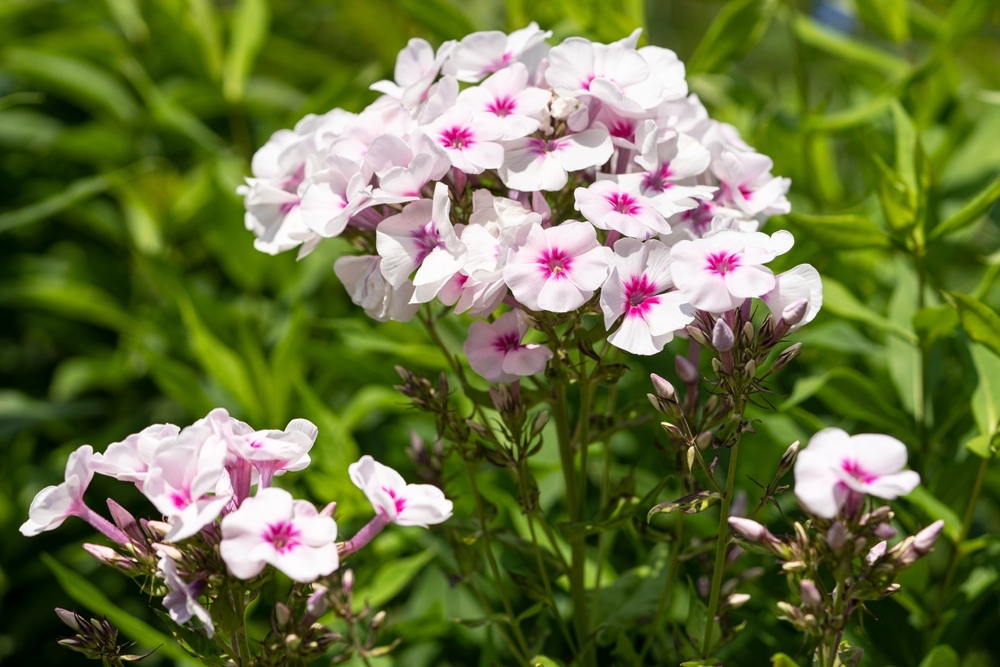
If you’re looking for a border plant to accentuate your daylilies as the main attraction, look no further than phlox.
This plant comes in an array of colors, including purple, blue, pink, and white. Pairing any of these colors with your yellow and orange daylilies will have you wanting to take in the beauty of your flowerbed for hours on end.
On a final note, phlox is relatively low-maintenance. Just provide it with well-drained soil and intermittent sunlight, and you’re good to go.
10. Blanket Flowers
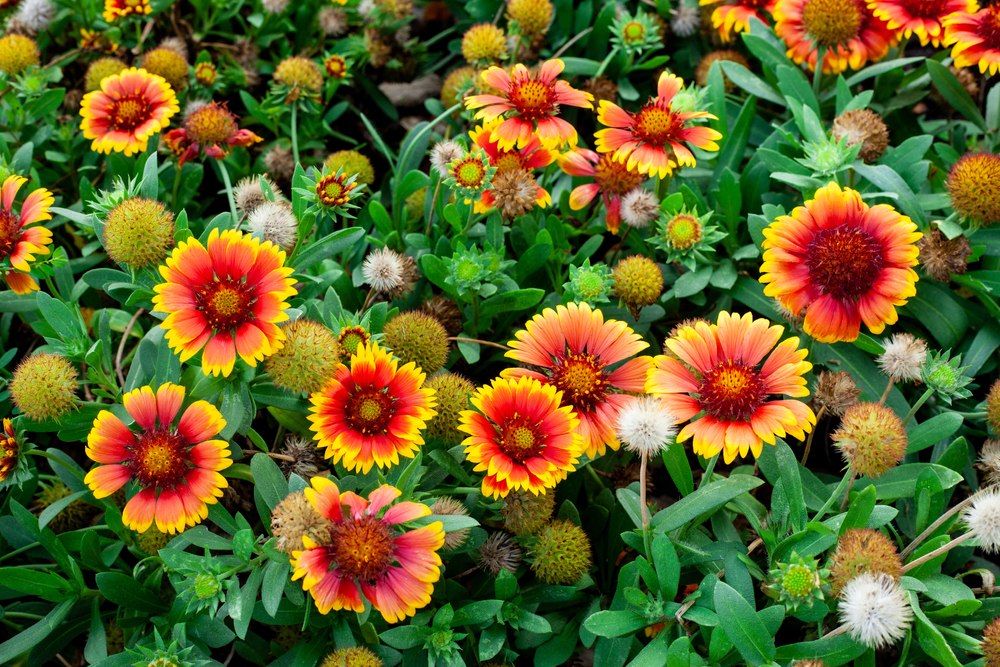
Just like phlox, blanket flowers make gorgeous border plants for daylilies. This is the only way to grow these plants with daylilies since they’re relatively diminutive in height.
What blanket flowers lack in size, they make up for in eye candy when they bloom in the summer. These plants have bright red, yellow-tipped petals that’ll look amazing next to some orange daylilies.
Even though blanket flowers don’t mind dry soil, you should plant them in moist, well-drained soil to match the optimal conditions for your daylilies.
The Bottom Line
Those were the 10 daylilies’ companion plants that grow in similar conditions and add beautiful contrast to your garden.
Some of these plants, like lavender, can rid your garden of annoying mosquitoes. Others like bee balms and yarrows will attract bees and pollinating insects to make your garden thrive.
One thing they all have in common, though, is how beautiful they will make your garden.





